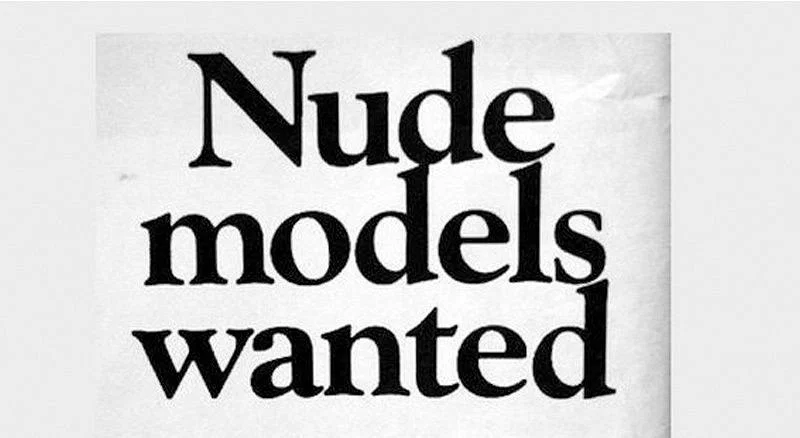
The Naked Truth: Art or Exploitation?
Picture this: you’re flipping through your favourite glossy magazine or scrolling through your social media feed, and there it is – an advertisement that stops you in your tracks. Not because of its clever tagline or innovative product, but because of the nudity it flaunts.
Nudity in advertising is nothing new. It’s been a contentious issue for as long as advertising has been a thing. And it’s a fine line to tread, between art and exploitation, between attracting attention and causing offence. So, let’s peel back the layers and dive into the bare facts, shall we?
The Skinny on Nudity in Advertising
- The Power of the Naked Form: The human body in its raw form has a powerful pull. It’s a universal symbol, evoking a range of emotions from fascination to shock. Advertisers tap into this power to capture attention and provoke reactions.
- Art or Exploitation: The distinction can be subjective. Some view nudity as a form of art, a celebration of the human form. Others see it as exploitation, reducing the body to an object to sell products.
- The Gender Divide: Statistically, women’s bodies are more likely to be used in sexually suggestive ads. According to a study published in the Journal of Advertising in 2018, 27% of ads featuring women were sexually suggestive, compared to only 8% of those featuring men.
- The Impact on Body Image: Advertisements often portray unrealistic body standards, contributing to body dissatisfaction and eating disorders. The National Eating Disorders Association reports that 69% of girls in 5th-12th grade reported that magazine pictures influenced their idea of a perfect body shape.
- The Age Question: Age is another contentious issue. There’s a trend towards using youthful bodies, reinforcing ageist ideologies and contributing to self-esteem issues among older consumers.
- Regulations and Public Opinion: Different countries have different regulations concerning nudity in advertising. Public opinion varies too, with certain cultures more accepting of nudity than others.
Disrobing the Controversy
So, where does this leave us? Is it possible to use nudity in advertising without crossing the line into exploitation? The answer is a resounding maybe.
It’s about intent and execution. Is the nudity necessary, or is it gratuitous? Does it empower or objectify? Does it spark a conversation or incite outrage? And most importantly, does it respect the dignity of the individuals involved?
Advertising has the power to shape societal norms and attitudes. It’s a responsibility that shouldn’t be taken lightly. So here’s a thought: let’s challenge advertisers to be more thoughtful, more respectful, more creative. Let’s demand ads that celebrate diversity, promote body positivity, and respect the human form in all its glory.
The Naked Takeaway
The delicate dance between art and exploitation in advertising continues. As consumers, we have the power to influence the narrative. So let’s use it, shall we?







